The Importance of a Chief Pilot in the Aviation Industry
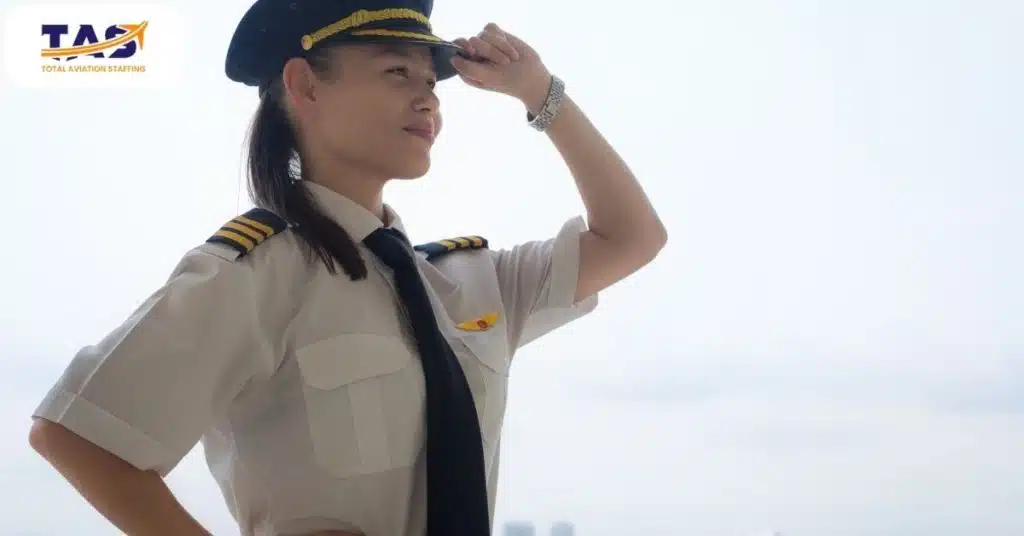
In the vast and intricate world of aviation, the role of a Chief Pilot stands as a beacon of leadership and expertise. As the industry evolves and safety remains paramount, the Chief Pilot’s significance becomes even more pronounced.
From overseeing flight operations to maintaining regulatory compliance, they are the guardians of safety in the skies. With their wealth of experience and unparalleled knowledge, Chief Pilots play a pivotal role in ensuring operational efficiency, risk management, and pilot recruitment and training.
Join us as we delve into the importance of Chief Pilots in the aviation industry and discover the critical contributions they make to uphold the highest standards of safety and excellence.
1. Safety
The role of a Chief Pilot is of utmost importance in ensuring safety within the aviation industry. With their extensive experience and expertise, the Chief Pilot oversees flight operations, ensuring that all aircraft are operated with the highest level of safety standards. They establish and enforce safety protocols, monitor adherence to regulations, and investigate incidents to provide corrective actions when necessary.
The Chief Pilot’s leadership and guidance ensure that pilots and crew members maintain professional standards, receive proper training, and perform at the level required by the company’s training program. By promoting a safety-centric culture, the Chief Pilot plays a vital role in safeguarding the well-being of passengers, crew, and aircraft.
In addition to maintaining safety, the Chief Pilot also serves as a crucial liaison with regulatory bodies, such as the FAA. They stay up-to-date with aviation regulations, ensuring that the company remains compliant and avoids infractions.
By actively collaborating with other departments and promoting continuous improvement, the Chief Pilot helps create a safety-focused environment that permeates throughout the organization. Their presence and oversight provide reassurance to both passengers and stakeholders, highlighting the significance of the Chief Pilot’s role in upholding the highest standards of safety within the aviation industry.
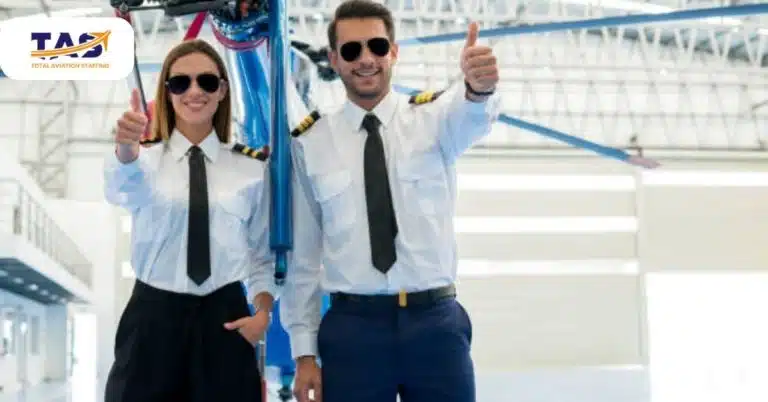
2. Regulatory Compliance
The role of a Chief Pilot is crucial in ensuring regulatory compliance within the aviation industry. Their expertise and knowledge of aviation regulations play a significant role in maintaining adherence to safety standards.
Here are several reasons highlighting the importance of a Chief Pilot in ensuring regulatory compliance:
Chief Pilots serve as a liaison with regulatory bodies, such as the FAA, to ensure compliance.
They stay updated with aviation regulations, disseminating information to pilots and crew members.
Chief Pilots establish and enforce policies and procedures to ensure regulatory compliance.
They conduct internal audits and inspections to identify any areas of non-compliance.
In case of infractions, the Chief Pilot takes corrective action and implements necessary changes.
They collaborate with other departments to ensure compliance across all operational areas.
In the vast skies of aviation, the Chief Pilot serves as the guardian of regulatory compliance, soaring above and beyond to ensure safety reigns supreme. With their dedication, knowledge, and eagle-eyed audits, they navigate the regulatory landscape, keeping the company flying high within the boundaries of aviation regulations.
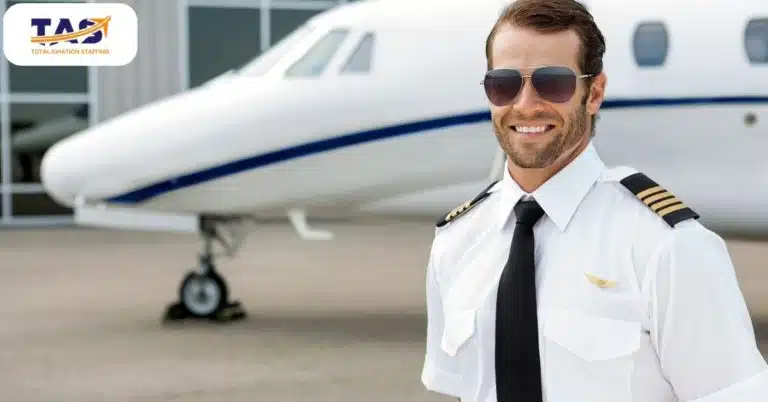
3. Operational Efficiency
A Chief Pilot plays a vital role in ensuring operational efficiency within the aviation industry. Through effective leadership and strategic planning, they optimize flight operations to enhance efficiency and productivity.
Here are several ways the Chief Pilot significantly impacts operational efficiency:
Chief Pilots oversee and manage pilot schedules, ensuring efficient allocation of resources.
They collaborate with the Director of Operations to establish training standards and schedules.
Chief Pilots implement streamlined processes and procedures to enhance operational efficiency.
They analyze operational data and performance metrics to identify areas for improvement.
Through their guidance, Chief Pilots foster a culture of professionalism and quality in flight operations.
They provide leadership and direction to pilots, promoting efficient and effective decision-making.
The Chief Pilot takes the helm to steer the course of operational efficiency. With their expert finesse and sharp strategic skills, they navigate through challenges, optimizing processes and resources with a touch of flight perfection. So get ready for a journey of streamlined operations and soaring efficiency.
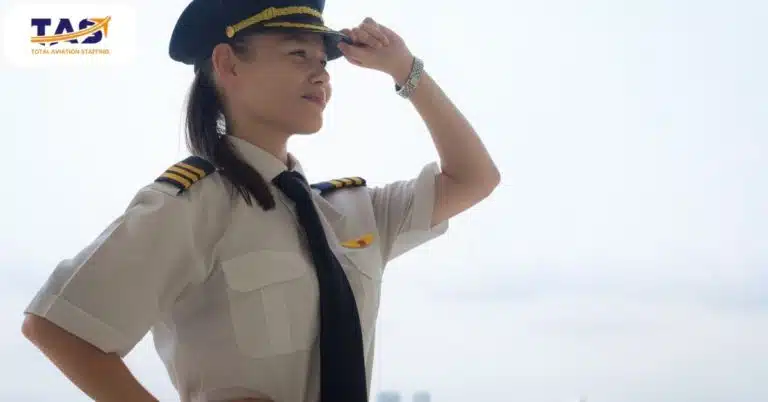
4. Leadership and Management
Leadership and management are crucial aspects of a Chief Pilot’s role in the aviation industry. As a leader, they provide guidance and inspiration to pilots and crew members, fostering a culture of professionalism, teamwork, and safety. They set clear expectations, communicate effectively, and lead by example.
In terms of management, Chief Pilots oversee flight operations, ensuring that all activities are conducted efficiently and following regulations. They manage pilot schedules, resource allocation, and training programs to optimize operational performance.
They also collaborate with other departments, such as the Director of Operations, to establish and implement company policies, procedures, and training standards. Through their leadership and management skills, Chief Pilots create a cohesive and high-performing team, ultimately contributing to the success and safety of aviation operations.
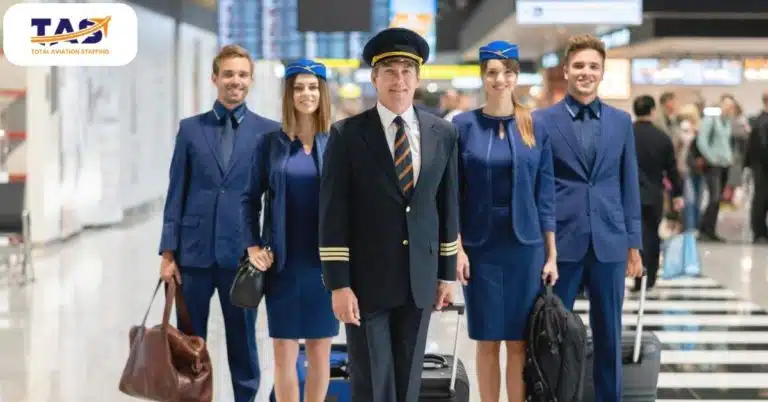
5. Risk Management
Risk management is a critical responsibility of a Chief Pilot in the aviation industry. They play a crucial role in identifying, assessing, and mitigating potential risks to ensure safe and secure flight operations.
Their contributions include:
Chief Pilots conduct thorough risk assessments, considering factors such as weather, airspace, and aircraft performance.
They develop and implement risk management strategies to minimize potential hazards and ensure safe operations.
Chief Pilots stay updated with industry best practices and regulatory requirements to address emerging risks effectively.
They collaborate with other departments, such as maintenance and operations, to ensure risk mitigation across all aspects of flight operations.
In the event of an incident or accident, Chief Pilots investigate and analyze the root causes to implement preventive measures.
They provide ongoing training and guidance to pilots and crew members on risk awareness and mitigation strategies.
They stand as the fearless guardian of risk management, navigating the skies with a sharp eye for potential threats. With their expertise, strategic planning, and unwavering commitment to safety, they ensure that every flight soars above the clouds of uncertainty. Just trust in the Chief Pilot’s risk management prowess, as they guide your organization towards a future where safety reigns supreme.

6. Pilot Recruitment and Training
A Chief Pilot plays a crucial role in pilot recruitment and training within the aviation industry. They are responsible for identifying and selecting qualified pilots, as well as providing them with comprehensive training to ensure the highest standards of performance and professionalism.
The Chief Pilot holds important responsibilities in pilot recruitment and training, including:
Chief Pilots participate in the screening and interviewing process to identify potential pilots.
They assess candidates based on qualifications, experience, and compatibility with company values.
Chief Pilots oversee the training and development of pilots, ensuring compliance with regulatory requirements.
They establish and maintain training programs that cover technical skills, safety procedures, and emergency protocols.
Chief Pilots provide ongoing coaching, performance feedback, and guidance to pilots to enhance their skills.
They monitor pilots’ progress and conduct regular evaluations to identify areas for improvement.
The Chief Pilot’s involvement in pilot recruitment and training is instrumental in maintaining a highly skilled and capable pilot workforce. Through their expertise in selecting qualified candidates and implementing rigorous training programs, Chief Pilots contribute to the overall safety, efficiency, and professionalism of flight operations. Their commitment to continuous development and mentorship ensures that pilots receive the necessary support and guidance to excel in their roles within the aviation industry.
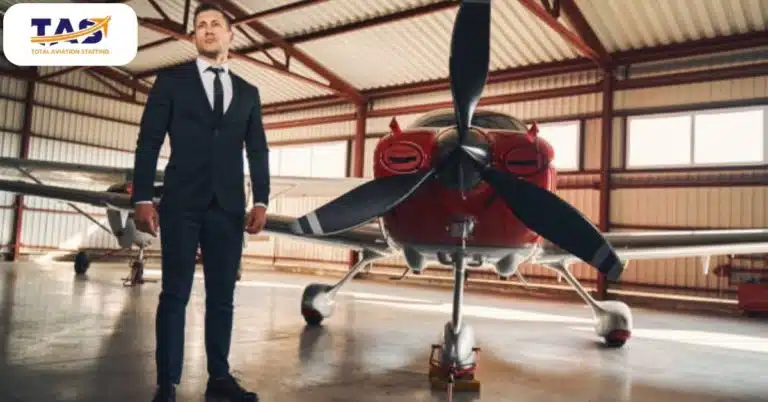
7. Representation and Communication
A Chief Pilot has a significant impact on representation and communication within the aviation industry. They serve as a representative of the company, fostering positive relationships with stakeholders and effectively communicating key messages.
Their responsibilities include:
Chief Pilots serve as the face of the company, representing it in interactions with regulatory authorities, industry partners, and clients.
They communicate operational updates, safety protocols, and regulatory changes to pilots and crew members.
Chief Pilots foster a culture of open communication, encouraging feedback and addressing concerns from the team.
They collaborate with other departments, such as maintenance and customer service, to ensure smooth operations and customer satisfaction.
Chief Pilots effectively communicate with the Director of Operations, providing insights and feedback for strategic decision-making.
They establish and maintain relationships with industry organizations, enhancing the company’s reputation and networking opportunities.
In the vast airspace of the aviation industry, the Chief Pilot takes the lead in representation and communication, navigating through the clouds of collaboration and forging strong alliances. With their eloquent words and strategic diplomacy, they soar as ambassadors, building bridges and fostering trust among industry peers. Let the Chief Pilot’s communication skills be the wind beneath your wings, as they navigate the skies of cooperation and propel your organization to new heights of success.
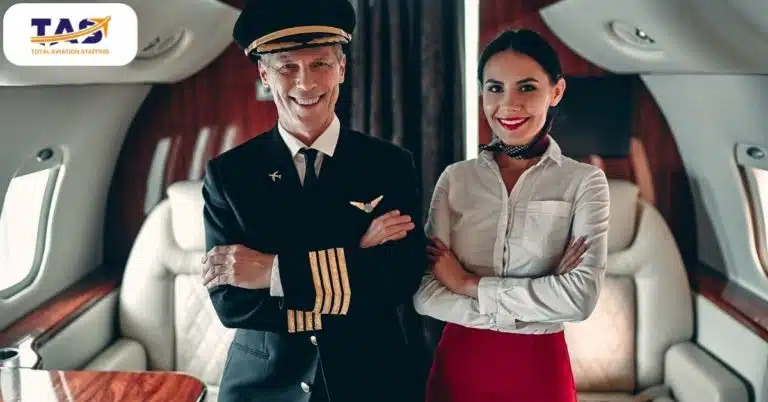
Wrapping Up
With nerves of steel and a dedication to safety, they are the embodiment of excellence in aviation. From managing operations to tackling regulatory hurdles, their role is no mere flight of fancy. They ensure smooth skies and guide their crew toward success. So, let’s raise a glass to the Chief Pilots, the captains of the air, who keep our journeys safe and remind us that in the vast expanse of the aviation industry, their importance cannot be overstated.
Ready to take your aviation team to new heights? Partner with Total Aviation Staffing, the premier aerospace staffing agency. We specialize in finding the best talent for your organization, whether it’s direct-hire positions, executive searches, or technical roles. Our expert teams will transform your staffing strategy and deliver high-quality candidates tailored to your needs. Don’t settle for average, soar above the competition with Total Aviation Staffing. Contact us today and let us help you build a top-notch aviation team that will elevate your operations to new horizons.
